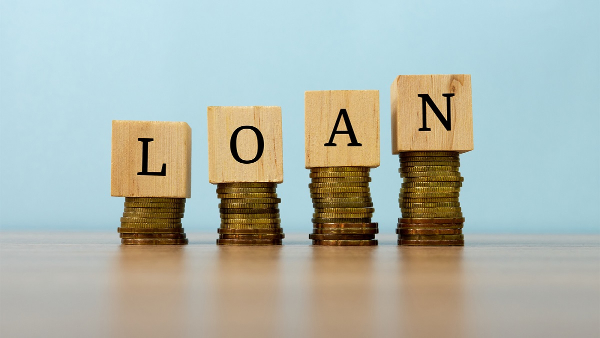Personal loans are a popular financial tool in the US, offering individuals the flexibility to borrow money for various needs, whether it’s consolidating debt, covering unexpected expenses, or funding a large purchase. Understanding how personal loans work and the steps to secure one can help you make informed decisions that align with your financial goals.
Getting a personal loan can be a straightforward process if you know what to expect and how to prepare. In this guide, we’ll explore the basics of personal loans, how they work, and the steps you can take to successfully obtain one.
Understanding how personal loans work

A personal loan is a type of installment loan, meaning you borrow a fixed amount of money and repay it over a set period through regular payments, typically with a fixed interest rate.
Personal loans can be secured or unsecured, with unsecured loans being the most common. Unsecured loans do not require collateral, making them less risky for borrowers but potentially carrying higher interest rates than secured loans, which are backed by assets like a car or home.
The interest rate on a personal loan is determined by various factors, including your credit score, income, and the loan amount. Generally, the higher your credit score, the lower your interest rate will be.
Loan terms typically range from one to seven years, depending on the lender and the loan amount. The shorter the term, the less you’ll pay in interest, but your monthly payments will be higher.
Personal loans are versatile and can be used for almost any purpose. Common uses include consolidating high-interest debt, financing home improvements, covering medical bills, or even taking a vacation. However, it’s important to borrow responsibly and ensure that you can comfortably afford the monthly payments.
How to qualify for a personal loan
Qualifying for a personal loan largely depends on your creditworthiness and financial situation. The first step in the qualification process is checking your credit score. Most lenders have a minimum credit score requirement, typically around 600 to 660, but a higher score will increase your chances of approval and secure you a better interest rate.
In addition to your credit score, lenders will look at your income and debt-to-income ratio (DTI). Your DTI is the percentage of your monthly income that goes toward paying debts.
A lower DTI indicates that you have enough income to handle additional debt, making you a more attractive candidate for a loan. Most lenders prefer a DTI below 40%, but some may be more lenient depending on other factors.
Employment history and income stability also play a role in your ability to qualify. Lenders want to ensure that you have a steady income to make your loan payments. Having a stable job with a consistent income will boost your chances of getting approved.
The application process for a personal loan
The application process for a personal loan is relatively straightforward, but it’s important to be prepared. Start by gathering the necessary documents, which typically include proof of income (such as pay stubs or tax returns), identification (like a driver’s license or passport), and information about your debts and assets.
Once you have your documents in order, you can begin shopping around for lenders. It’s a good idea to compare offers from multiple lenders to find the best terms, including interest rates, fees, and repayment terms.
Many lenders allow you to pre-qualify for a loan online, which gives you an estimate of the terms you might receive without affecting your credit score. After selecting a lender, you’ll submit a formal application.
The lender will then perform a hard inquiry on your credit report, which can temporarily lower your credit score by a few points. If approved, the lender will provide you with the loan terms, including the interest rate, loan amount, and repayment schedule. Be sure to review these terms carefully before accepting the loan.
Managing your personal loan
Once you’ve secured a personal loan, it’s important to manage it responsibly to avoid damaging your credit score or incurring additional fees. Set up automatic payments if possible to ensure that you never miss a payment. Missing payments can lead to late fees, increased interest rates, and a negative impact on your credit score.
It’s also a good idea to pay more than the minimum payment if you can afford it. Doing so will reduce the principal balance faster, saving you money on interest over the life of the loan. However, be aware that some lenders charge prepayment penalties for paying off a loan early, so check your loan agreement before making extra payments.
Personal loans in the US offer a flexible and accessible way to finance various needs, but it’s essential to understand how they work and the steps involved in securing one. By preparing yourself with the right information, comparing offers, and managing your loan responsibly, you can make the most of this financial tool.

